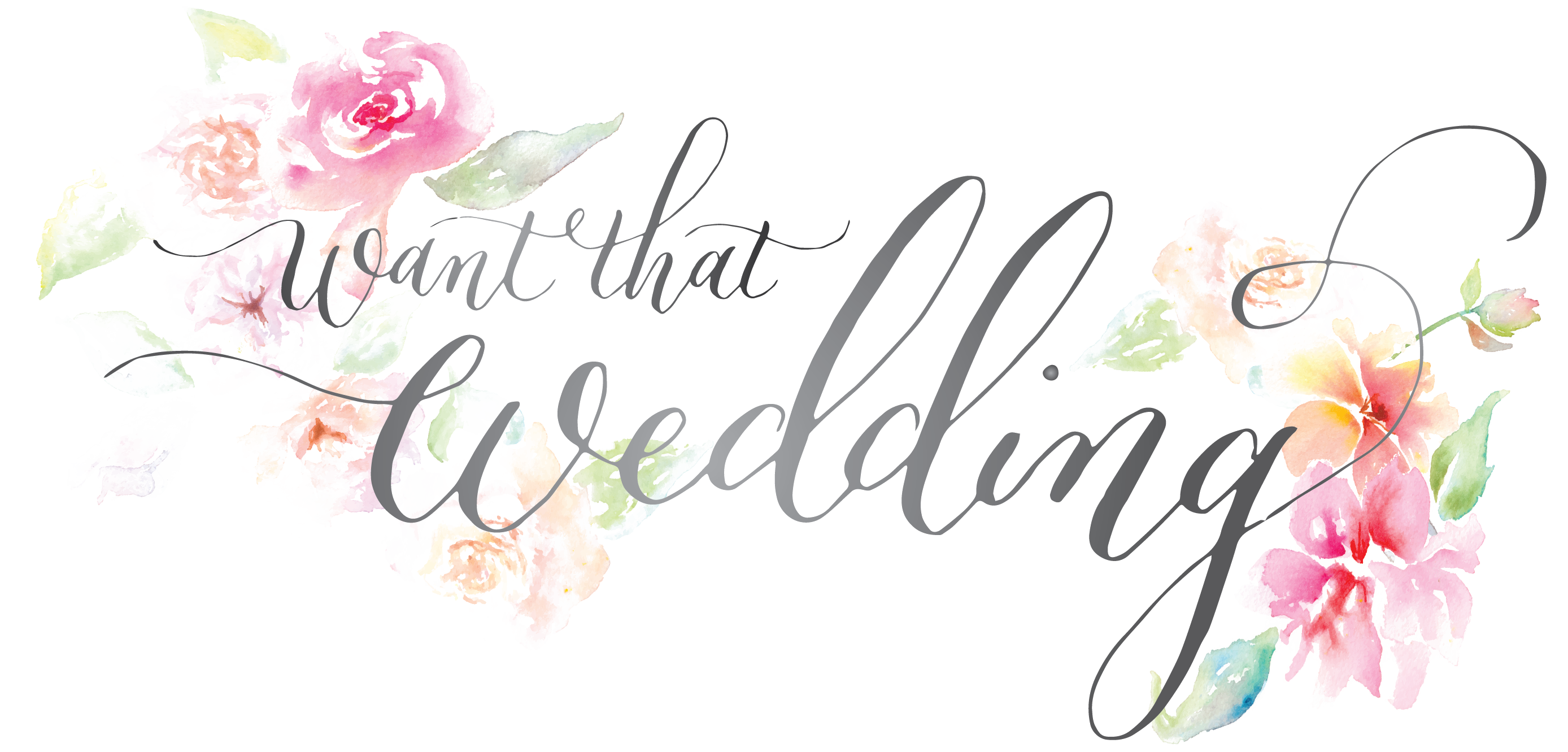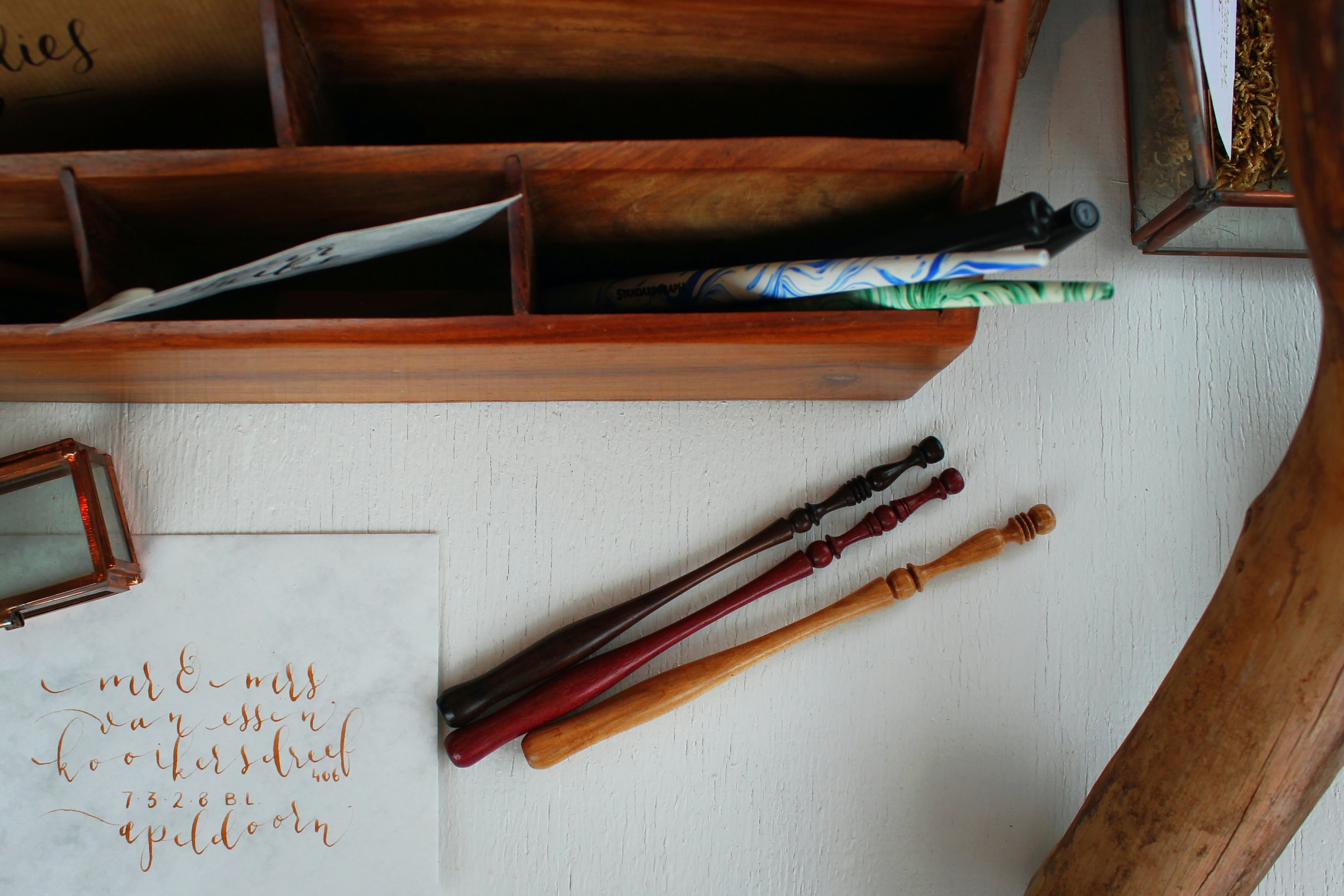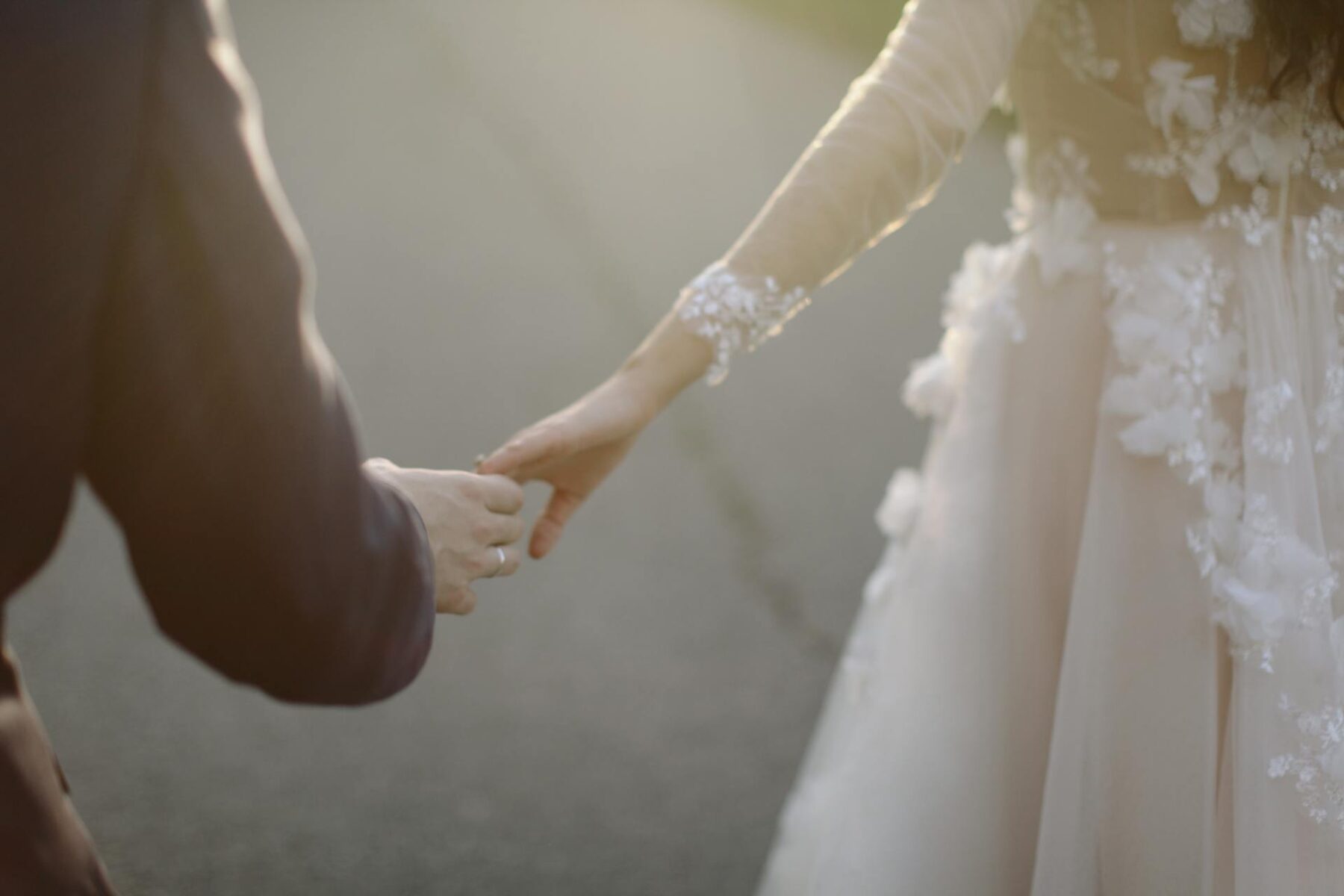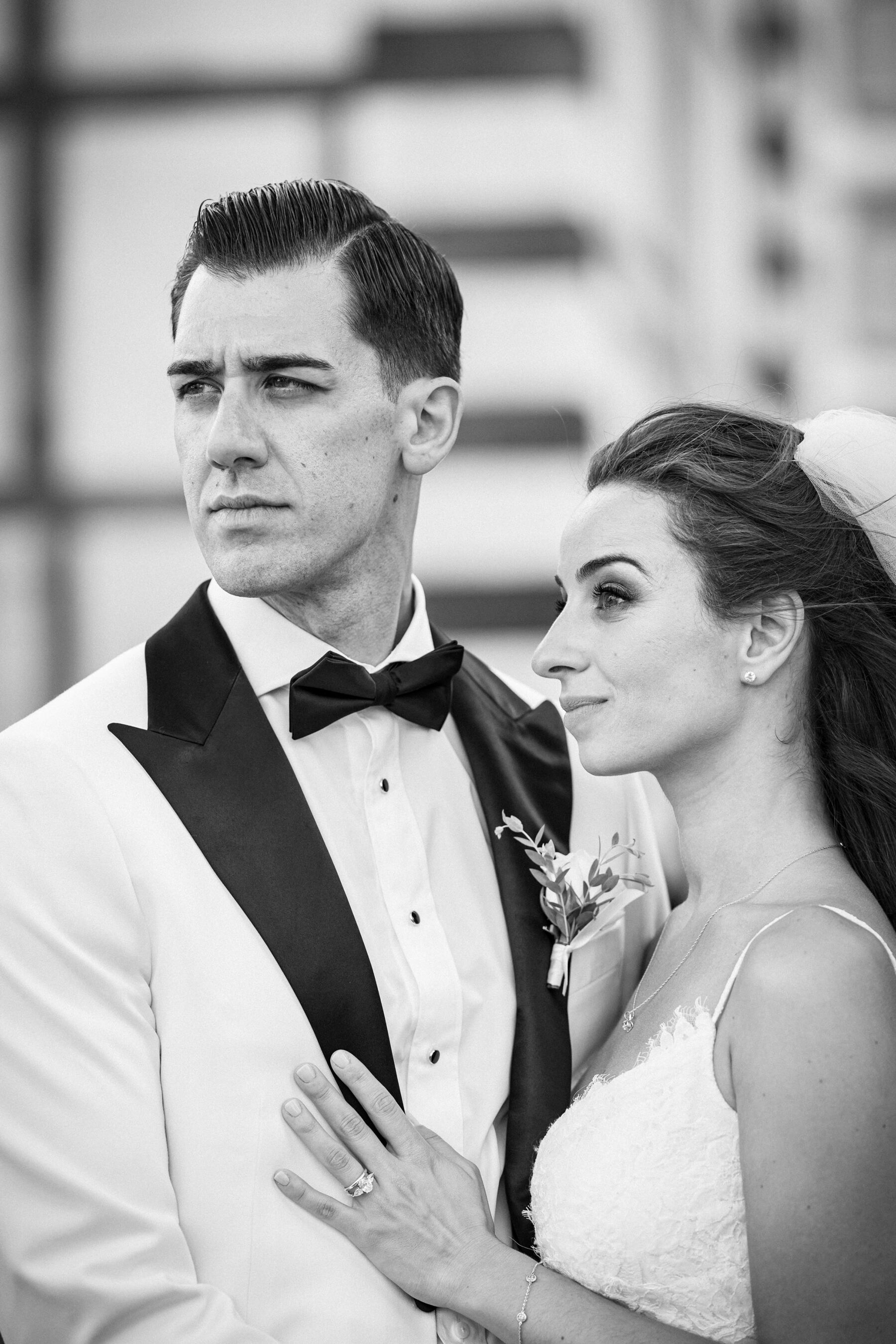The Art of Calligraphy for Wedding Invitations
Weddings are a time-honoured celebration of love and commitment. Every detail counts in creating a memorable time for the newlyweds and the invited. Among these details, wedding invitations stand out as the first glimpse into the upcoming event. Learning the craft of calligraphy offers a chance to impress. With modern resources, anyone can learn this elegant form of writing, turning their hand to custom wedding invitations.
Learning calligraphy is akin to learning any other art form—it requires practice, patience, and a bit of creativity. Naturally, in the busy life of a student, finding the time to develop such a skill can be challenging. However, just as an essay writer online can assist in managing academic workloads, learning calligraphy for wedding invitations can be approached with similar support and resources. So, let’s transition into the intricacies of this skill.
The History and Meaning of Calligraphy in Weddings
Calligraphy has been around for centuries, and it is deeply intertwined with the traditions of many cultures. In the context of weddings, calligraphy has been viewed as an element of grace and courtesy. The use of intricate script in wedding invitations dates back centuries, signalling the importance of the event. The long history of this skill proves that the beauty of hand-written text never goes out of style.
In an age of digital communications, a calligraphic wedding invitation is a breath of fresh air. It’s not only about the class. It’s more about the personal touch that it conveys. A hand-written invitation is a sign that the couple has invested their time and attention into making their wedding special for the invitees. It’s a tactile and visual pleasure that sets the tone for the wedding day.
Understanding Different Scripts
There are a few calligraphy styles to pick from, each with its own character and level of formality. Some popular styles for wedding invitations include Copperplate and Spencerian. These scripts offer a timeless elegance, but it’s important to match the style with the overall theme of your wedding.
Once you select a style, practice becomes key. Begin by learning the essential strokes and continue by writing letters and words. Remember, consistency is essential in calligraphy, so focus on keeping your letter sizes, angles, and spacing uniform.
The Process of Learning Calligraphy
- Step-by-Step Practice
Learning calligraphy is a step-by-step process that begins with understanding the basic strokes that make letters. Practice these foundational elements consistently, and over time, you’ll be able to connect them into elegant, flowing script.
- Patience and Persistence
Like any skill, calligraphy requires patience and persistence. Don’t be discouraged by initial imperfections; even the most seasoned calligraphers were once beginners. The learning curve might be steep, but make sure you celebrate your progress along the way.
- The Basic Tools of Calligraphy
To begin your journey in calligraphy, you will need a few basic tools:
- Calligraphy pens or nibs;
- High-quality ink;
- Practice paper;
- A good eraser;
- A ruler for getting straight lines;
- A level surface for writing.
Your choice of materials will greatly affect your calligraphy. A variety of pens and inks can offer different textures and flows. Similarly, the paper you select can affect the ink’s absorption and the overall look of the script. As such, it’s worth experimenting with various combinations to see what fits your style best.
Matching Calligraphy with Your Wedding Aesthetic
Your wedding theme—whether it’s rustic, modern, or classic—should be reflected in your invitation’s calligraphy. For instance, a more ornate script might suit a traditional wedding, while a simpler, more contemporary style would fit a modern affair.
Ensure that your calligraphy style is consistent across all your wedding stationery. Consistency helps to unify your wedding theme and contributes to a coherent style.
DIY Calligraphy vs. Professional Services
Doing your own calligraphy for wedding invitations can be cost-effective and highly personal. However, it will take you some time to learn the skill and achieve significant progress to be able to craft beautiful invitations.
If you’re short on time or you find the learning curve too steep, hiring a professional may be the best choice. A professional calligrapher can provide a level of detail and precision that comes from years of practice.
Conclusion
The beauty of calligraphy in wedding invitations lies in its personal touch and the timeless elegance it exudes. While learning the skill can be an enriching experience, it’s essential to consider the time and effort it entails. For students with academic pressures, managing this along with coursework might require some additional support from the best paper writing service. With the right balance, calligraphy can be a fulfilling addition to the wedding preparations, leaving a lasting impression on all invited.
In choosing whether to embark on the DIY calligraphy journey or to seek professional services, consider what will best serve your vision for the big day. The personal satisfaction of creating something beautiful by hand for your wedding is incomparable. In the end, whether you wield the pen yourself or entrust it to a seasoned artist, calligraphy adds a stroke of personalization and tradition to your wedding celebrations.






